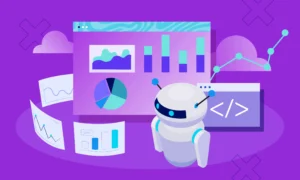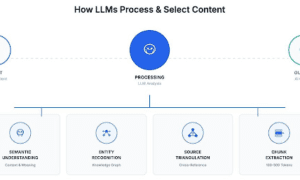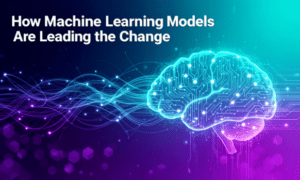If you have any desire to be familiar with the intriguing and quick creating innovations of man-made brainpower, we cover all that from AI and general artificial intelligence to brain organizations.
What is artificial intelligence?
Hear the term man-made reasoning (computer based intelligence) and you could imagine self-driving vehicles, robots, ChatGPT or other man-made intelligence chatbots, and misleadingly made pictures. But at the same time it’s critical to look behind the results of artificial intelligence and comprehend how the innovation functions and its effects for this and people in the future.
Man-made intelligence is an idea that has been near, officially, since the 1950s, when it was characterized as a machine’s capacity to play out an errand that would’ve recently required human knowledge. This is a seriously wide definition and one that has been changed over many years of exploration and mechanical headways.
At the point when you consider relegating insight to a machine, for example, a PC, it’s a good idea to begin by characterizing the term ‘knowledge’ – – particularly when you need to decide whether a counterfeit framework is genuinely meriting it.
Our degree of knowledge separates us from other living creatures and is fundamental for the human experience. A specialists characterize knowledge as the capacity to adjust, tackle issues, plan, make do in new circumstances, and learn new things.
With knowledge now and again seen as the establishment for human experience, maybe nothing unexpected we’d attempt to reproduce it falsely in logical undertakings.
Furthermore, the present man-made intelligence frameworks could exhibit a few qualities of human knowledge, including learning, critical thinking, discernment, and, surprisingly, a restricted range of inventiveness and social insight.
How can I use AI?
Simulated intelligence comes in various structures that have opened up in day to day existence. The brilliant speakers on your mantle with Alexa or Google voice right hand worked in are two extraordinary instances of computer based intelligence. Other genuine models are famous simulated intelligence chatbots, for example, ChatGPT, the new Bing Talk, and Google Poet.
At the point when you request ChatGPT for the capital from a nation or you request that Alexa give you a report on the climate, you’ll get reactions that are the consequence of AI calculations.
However these frameworks aren’t a substitution for human knowledge or social cooperation, they can involve their preparation to adjust and master new abilities for undertakings that they weren’t expressly customized to perform.
What are the different types of AI?
Artificial intelligence can be divided into three widely accepted subcategories: narrow AI, general AI, and super AI.
What is narrow AI?
Counterfeit tight knowledge (ANI) is critical to voice colleagues, like Siri, Alexa, and Google Collaborator. This classification incorporates wise frameworks that have been planned or prepared to do explicit undertakings or take care of specific issues, without being unequivocally intended to do as such.
ANI could frequently be alluded to as frail man-made intelligence, as it doesn’t have general knowledge, yet a few instances of the force of tight man-made intelligence incorporate the above voice collaborators, and furthermore picture acknowledgment frameworks, innovations that answer basic client care demands, and instruments that banner improper substance on the web.
ChatGPT is an illustration of ANI, as it is customized to play out a particular undertaking, which is to produce text reactions to the prompts it is given.
What is general AI?
Counterfeit general insight (AGI), otherwise called solid simulated intelligence, is as yet a speculative idea as it includes a machine understanding and performing boundlessly various undertakings in view of its collected insight. This sort of knowledge is erring fair and square of human keenness, as AGI frameworks would have the option to reason and take on a similar mindset as a human.
Like a human, AGI would possibly have the option to see any intelligent errand, think uniquely, gain from its encounters, and utilize that information to take care of new issues. Basically, we’re discussing a framework or machine fit for presence of mind, which is presently not feasible with any type of accessible man-made intelligence.
Fostering a framework with its own cognizance is still, probably, a fair way somewhere far off, however it is a definitive objective in computer based intelligence research.

































